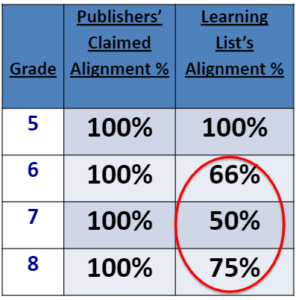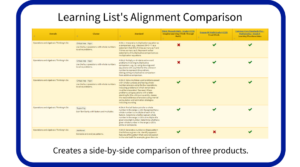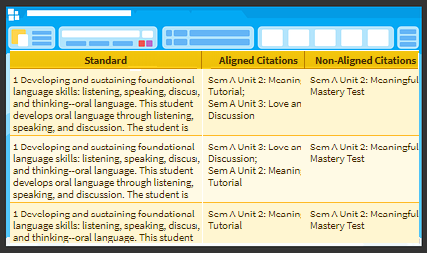In our high-stakes testing and accountability environment, academic success is rooted in students’ mastery of the state standards. State standards dictate what students must know and be able to do by the end of each grade level. Preparing all students with the content knowledge and skills contained in the standards requires campus and district leaders to be focused on aligning instruction with the state standards.
5 Tips for Using Materials Strategically to Close Learning Gaps
Selecting materials to remediate students’ learning gaps can be a daunting task. If you have access to multiple materials, and you are feeling overwhelmed by the choices, here are five tips to help you identify which of your current materials to use and how to use them effectively to address your students’ learning gaps. (1) Use available assessment data to identify your students’ …







